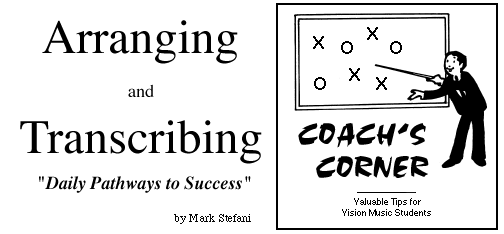


Aricept
By O. Hurit. Prairie View A & M University.
In 1994 order aricept 10 mg without a prescription, a task force commissioned by the International Association for the Study of Pain (IASP) introduced the present day descriptive terminology to standardize the nomenclature, remove obsolete mechanistic understandings, and improve disease recognition. Until this time, scholars had argued that the term RSD erroneously implied an underlying ‘reflexive’ mechanism presum- ably related to aberrant function (ex. Today, most authorities recognize that sympathetic ‘overactivity’ is not Grabow/Christo/Raja 90 observed and that sympathetic dysfunction and dystrophic changes occur only in a subset of patients with CRPS. Furthermore, certain therapies specifically aimed at the sympathetic nervous system may be unwarranted [1, 2]. Despite the efforts of the IASP, many clinicians are unfamiliar with modern taxonomy and the majority of contemporary investigators fail to utilize the diagnostic criteria proposed by the IASP [3, 4]. Diagnosis According to the IASP, the diagnosis of CRPS requires (1) an initiating noxious event or cause of immobilization, (2) continuing pain, allodynia, or hyperalgesia disproportionate to any inciting event, (3) evidence at some time of edema, changes in skin blood flow, or abnormal sudomotor activity, and (4) the exclusion of a medical condition that would otherwise account for the degree of pain and dysfunction. The presence of an initiating noxious event or cause of immobilization was not required according to the original publication by the IASP in 1994; however, this statement was omitted from the more widely available and Medline-indexed summary statement from the consensus meeting published in 1995. Importantly, a precipitating inciting event may not be detected in approximately 10% of patients with CRPS. This definition is entirely descriptive and does not imply etiology nor specific pathophysiology. This lack of mechanism-based specificity in the proposed diagnostic criteria has detracted somewhat from its universal acceptance by the scientific community. Etiopathogenesis Patients with CRPS exhibit signs of emotional duress and psychological dysfunction. Consequently, it was tempting for early investigators to conclude that much of the pain and symptomatology was the result of untreated psychi- atric disease or caused by exaggerated sympathoarousal secondary to underly- ing stress. The term RSD helped to maintain this cause and effect link between the sympathetic nervous system and the pain. As a result, many patients under- went therapies designed to mitigate sympathetic nervous system function. Today, there is convincing evidence in animals and humans that nerve injury and tissue inflammation may be associated with aberrant functioning of the sympathetic nervous system (table 1).
Other musculoskeletal abnormalities include a stiff valgus hindfoot order 5 mg aricept free shipping, stiffness of the distal finger joints, clinodactyly of the fifth digit, a Genetic disorders of the musculoskeletal system 158 Table 7. Renal disease findings are present in approximately 50 percent of patients. The degree of renal involvement varies both within and between families. The most frequent symptoms of renal disease are proteinuria, hematuria, and hypertension. The visit to the orthopaedist or pediatrician for an or- thopaedic »problem« may be prompted by the following reasons: ▬ The parents are worried about neglecting to do something, i. The parents fear, for example, that the intoeing gait may persist for life, that flat feet may make their child ineligible for military service in later life or that the knee pain experienced after a football training session could be an early sign of an imminent sporting disability. In many cases, the visit to the doctor is ultimately prompted by people who are not even present during the consultation: neighbors who are appalled by the »knitting needle« gait of the child, or grandparents who have com- pared the feet of the child with duck’s feet, or even shoe retailers who justify the selling of expensive Some parents seek the doctor’s support for their own rearing methods... Another important reason for the parents’ concern may be the experience from their own childhood, i. An intoeing gait, for example, would be treated by »breaking and rotating the fe- mur«, children with knock-knees or bow legs were forced to wear leg splints for years, and growing up without shoe insoles was only permitted to a few eccentrics. The parents hope that a forceful word from the orthopae- dist or pediatrician will bring the children (and the shoes) to their senses. Some parents consult the doctor to obtain a second, third or even ▬ Follow-up after a treatment or for monitoring a child’s higher opinion... While parents certainly do seek the opinion of another doctor when the first has not provided treat- One frequently asserted – but in reality non-existent ment, the reason is not the lack of treatment, but the – motivation for consulting the orthopaedist is the par- fact that they felt that the first doctor did not take them ents’ »desire for treatment«. This is due to the inappropriate con- repeatedly justify the provision of treatment for a peri- duct of the first doctor. Of course, he can very probably patellar pain syndrome, for example, by arguing that if make a diagnosis on the basis of the medical history.